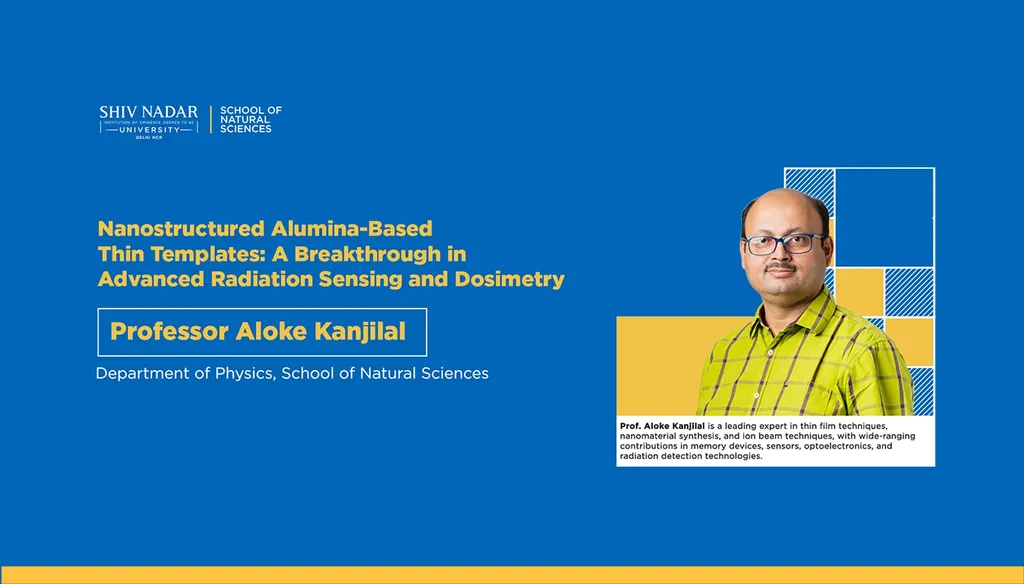In the heart of India’s burgeoning tech hub, researchers at the Shiv Nadar Institution of Eminence have made a significant stride in materials science that could potentially reshape the energy sector. Megha Megha, a physicist from the Department of Physics, School of Natural Sciences, has led a team to develop a novel nanostructured material that could enhance the efficiency of solar cells and other optoelectronic devices.
The team’s research, published in the journal *Discover Materials* (translated to English as “Exploring Materials”), focuses on the synthesis and characterization of one-dimensional zinc oxide (ZnO) nanorods decorated with zirconium dioxide (ZrO2) using a pulse laser deposition technique. This core-shell nanostructure exhibits tunable optical band gaps and unique photoluminescence behaviors, which are crucial for improving the performance of solar cells.
“The ability to tune the optical band gap is like having a dimmer switch for light,” Megha explained. “We can now adjust the material’s properties to absorb a broader spectrum of light, which is essential for increasing the efficiency of solar cells.”
The optical band gap refers to the energy difference between the valence band and the conduction band in a material. By tuning this gap, researchers can control how the material absorbs and emits light. In the context of solar cells, this means the material can capture more sunlight and convert it into electricity more efficiently.
The commercial implications of this research are substantial. The energy sector is constantly seeking materials that can enhance the efficiency of solar panels, making them more cost-effective and competitive with traditional energy sources. The ZnO-NRs/ZrO2 core-shell nanostructured material developed by Megha’s team could be a game-changer in this regard.
“Our findings open up new avenues for designing and fabricating high-efficiency optoelectronic devices,” Megha stated. “This could lead to more efficient solar panels, better displays for electronic devices, and improved sensors for various applications.”
The pulse laser deposition technique used in this research is a versatile and precise method for creating thin films and nanostructures. It involves using a laser to vaporize a target material, which then deposits onto a substrate, forming a thin film. This technique allows for the creation of complex nanostructures with tailored properties, making it an invaluable tool for materials scientists.
The research published in *Discover Materials* not only advances our understanding of nanostructured materials but also paves the way for future developments in the energy sector. As the world continues to search for sustainable and efficient energy solutions, innovations like this one will be crucial in shaping the future of energy technology.
Megha’s work is a testament to the power of interdisciplinary research and the potential of materials science to drive technological advancements. As the energy sector continues to evolve, the insights gained from this research could prove invaluable in the quest for more efficient and sustainable energy solutions.

